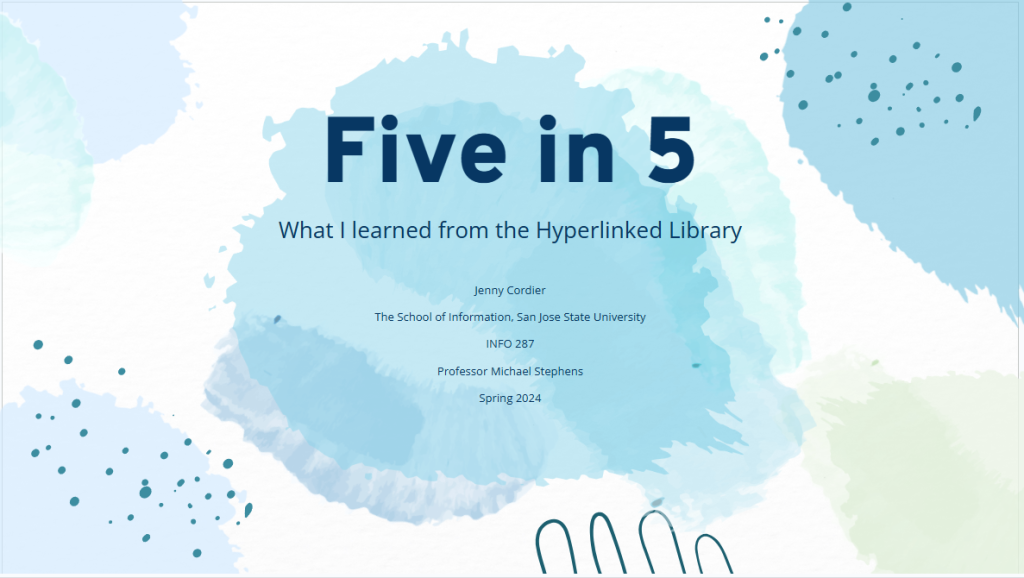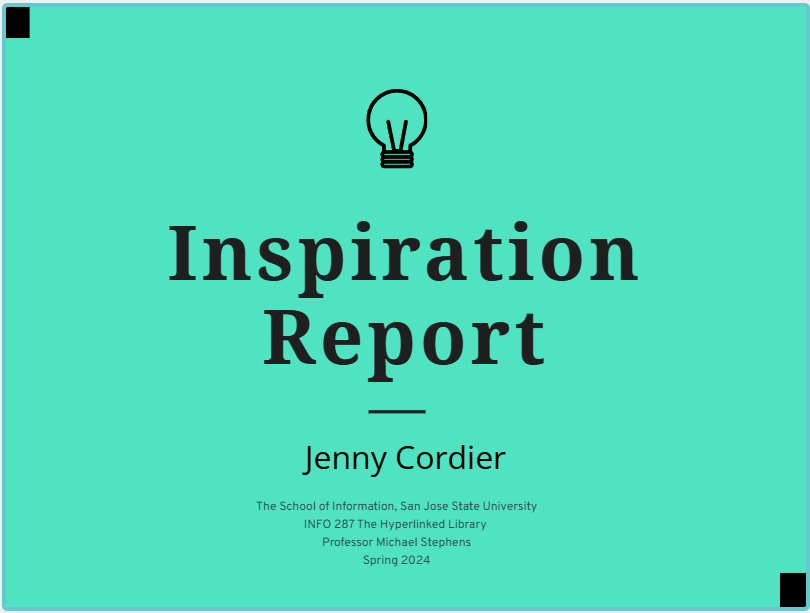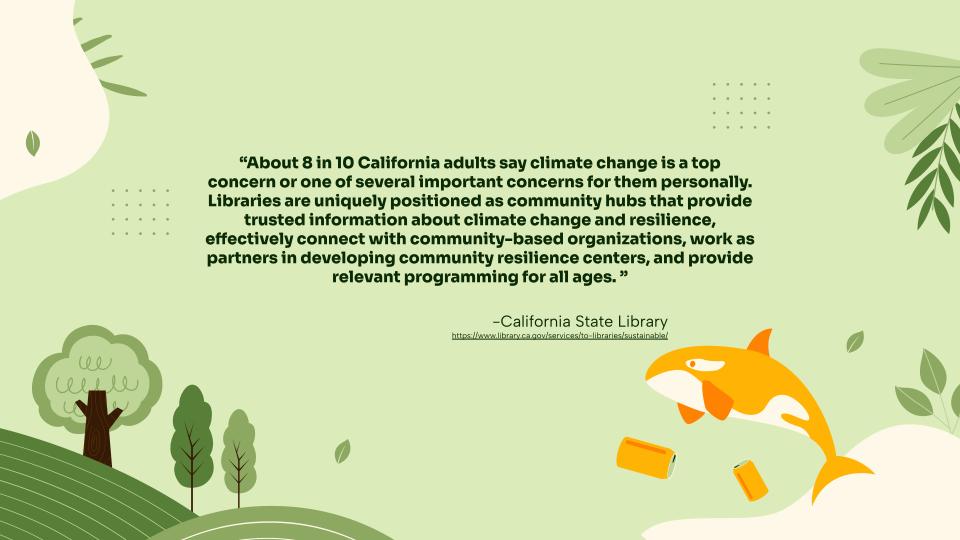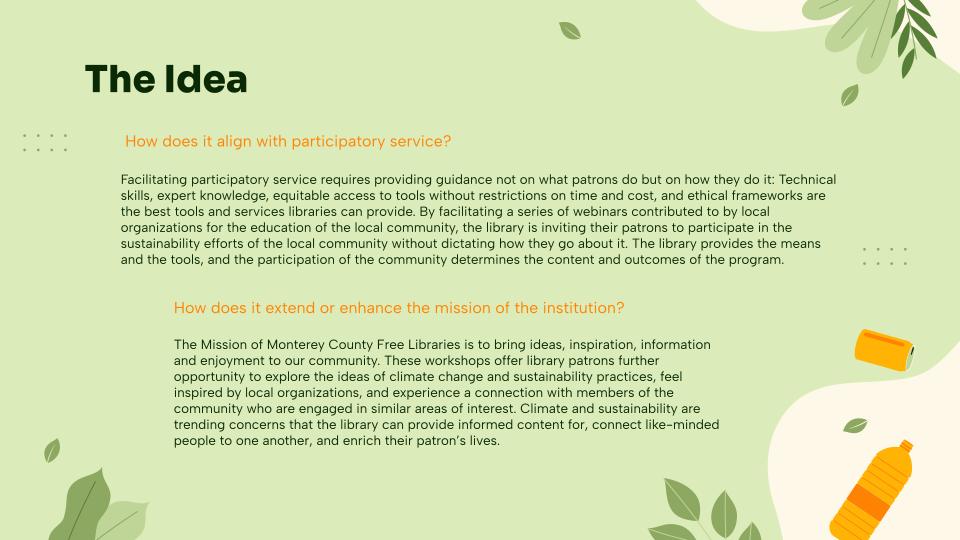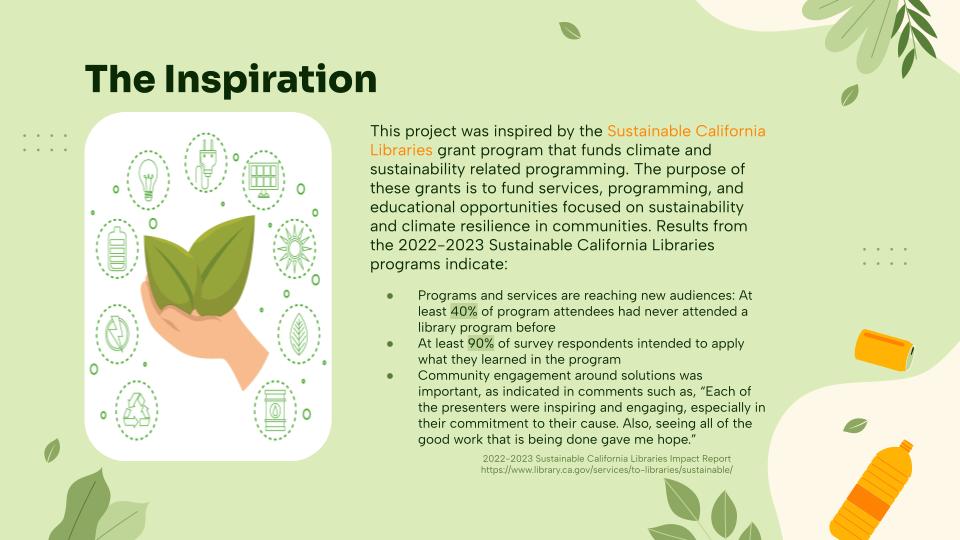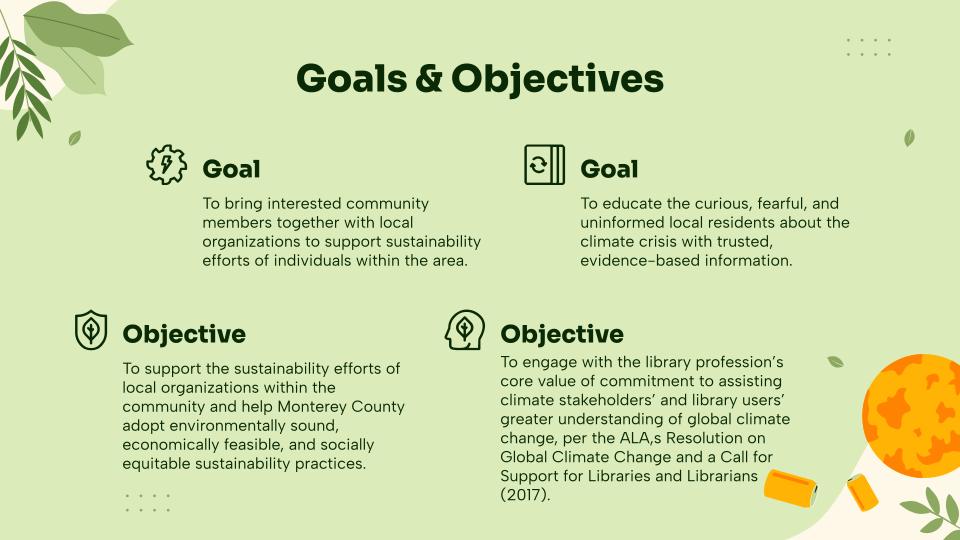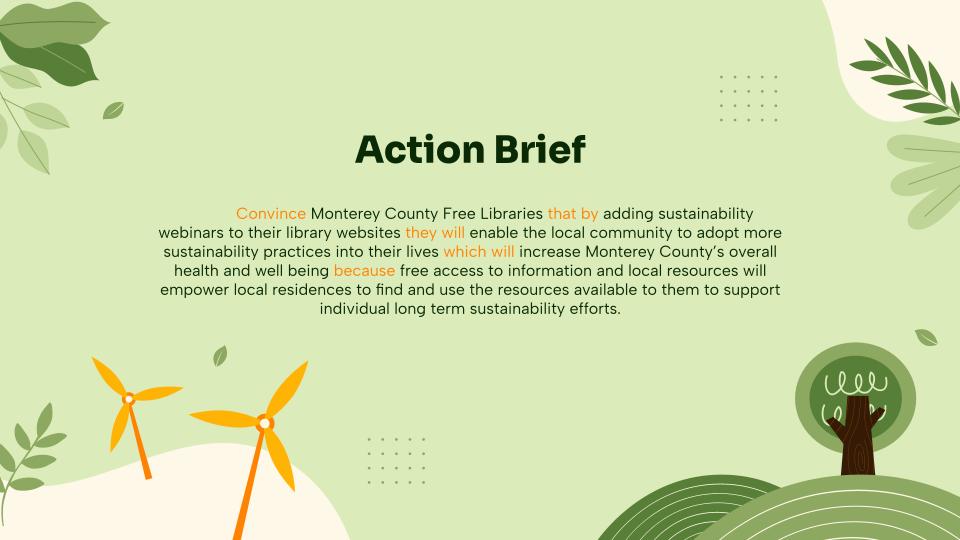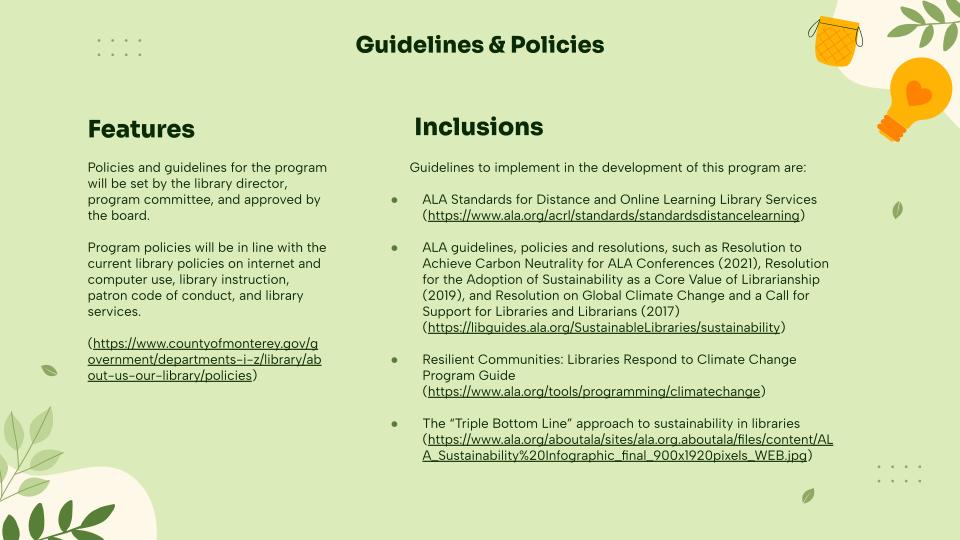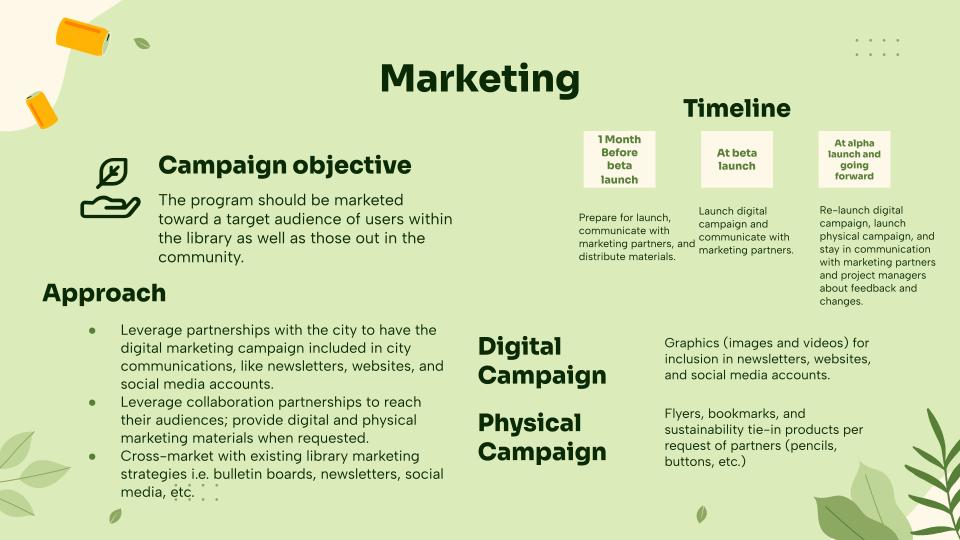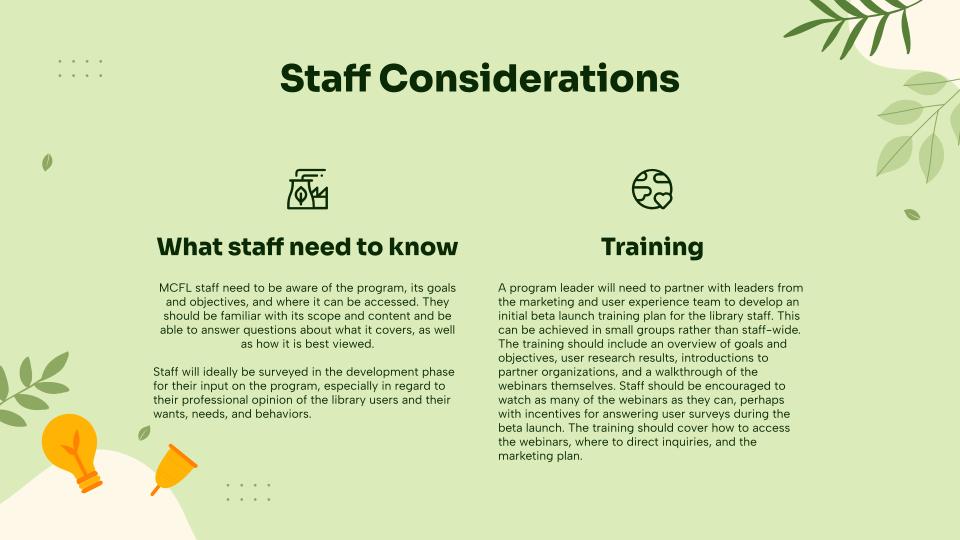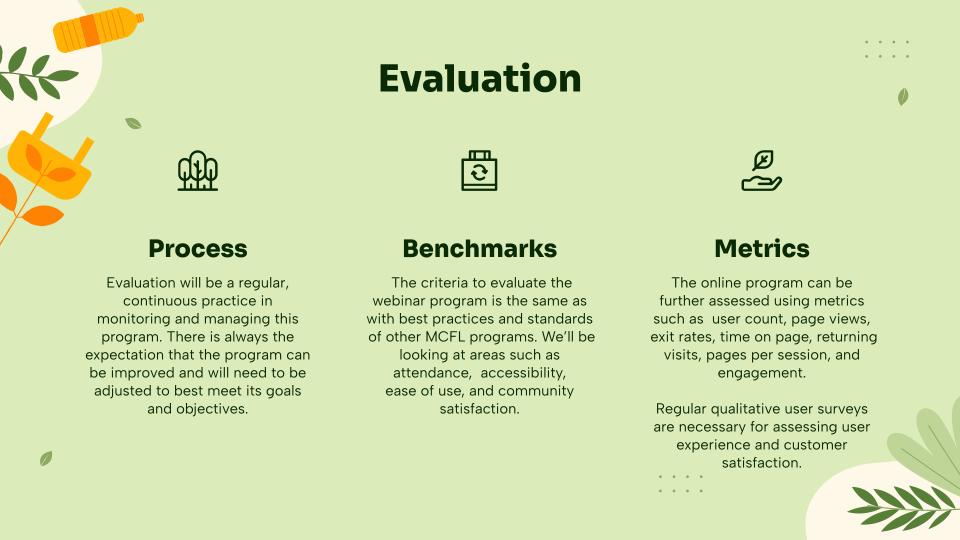“The user is the sun. The user is the magic element that transforms librarianship from a gatekeeping trade to a services profession” – K.G. Schneider, 2006
Participatory Service describes a service model for libraries that embraces participatory culture as the guide for developing library programs, services, and interfaces. Librarian Michael Casey describes a participatory library as open and transparent, communicative, engaged with the community, and seeking to integrate patron ideas into library development by involving the community in the dreaming, planning, and review of library services (Stephens, 2024). In other words, participatory service puts the library into the hands of its community, prioritizing the development of community-driven content generated by and for library users.
A library operating with a Participatory Service model acts primarily in service to the user’s wants and needs and allows the library user to determine how the library is used. In his book The Heart of Librarianship, librarian Michael Stephens asks how libraries can continue to be inviting spaces for people to visit in a world where information is available from anywhere with the click of a finger or a simple voice command. His answer is that information professionals must embrace an active, visible role within their communities, not as the designers but as the facilitators of the community’s desired experience (Stephens, 2011). Library access and learning occur at the behest of the user, and the “guests” are invited to become the “hosts” of library services and activities (Stephens, 2011, p. 80). Contribution, collaboration, and collective knowledge are key to the success of every library’s Participatory Service model.
However, participatory culture requires more than simply asking for patron input; it is about empowering library patrons to create, support, and develop collective experiences of their own making. Facilitating participatory service requires providing guidance not on what patrons do but on how they do it: Technical skills, expert knowledge, equitable access to tools without restrictions on time and cost, and ethical frameworks are the best tools and services libraries can provide. Henry Jenkins, a Professor of Communication, Journalism, and Cinematic Arts, formally defines five core concepts necessary for participatory success: Low barriers to expression and engagement, strong support for creating and sharing, informal mentorship, meaningful contributions, and social connection (Gaddis, 2016). Librarians adhering to this framework should find success in creating a healthy patron-driven culture of participation within their libraries.
Libraries are a perfect space for learning and cultivating a strong sense of community through exchanging thoughts and information. Moreover, they can be a safe exploratory space for people to play with new ideas, instruments, and challenges. Knowledge can be shared through the informal mentorship of community members, library staff, and peers. People will benefit from the experience of being once the novice and, eventually, the expert. Participatory culture builds leadership and technology skills and nurtures soft skills like confidence, creativity, communication, navigation, self-learning, and adaptation to new situations and ideas. It makes people feel valued and empowered, giving them a sense of ownership and belonging (Gaddis, 2016).
Participatory Services are another way of expressing that libraries provide human connection. Even from their earliest beginnings, libraries have existed to “preserve, transmit, and develop” the skills and ideas that would come to shape people’s lives across history (The Economist, 2014). In today’s world, libraries are contending with adaptations to technology that are reshaping how we communicate. The same technology that threatens to make library services unnecessary is also a tool that allows libraries to break down barriers between people and foster situations to engage and develop participatory practices in their communities. For example, social media can and should be viewed as a point of entry for patrons to engage with library content and participate in generating content for their community. Library staff and patrons can use social media tools and technology to direct their patrons to services relevant to their unique wants and needs (Smeaton & Davis, 2014). When libraries employ their community members to break down barriers and learn from each other’s experiences, they can generate new knowledge by providing access to wisdom, local history, and artistic heritage embedded within their community (Dobreski & Huang, 2016).
References:
Dobreski, B., & Huang, Y. (2016). The joy of being a book: Benefits of participation in the human library. Proceedings of the Association for Information Science & Technology, 53(1), 1–3. https://doi-org.libaccess.sjlibrary.org/10.1002/pra2.2016.14505301139
Schneider, K. G. (2006, June 3). The User Is Not Broken. Freerange Librarian. Retrieved February 6, 2024, from https://freerangelibrarian.com/2006/06/03/the-user-is-not-broken-a-meme-masquerading-as-a-manifesto/
Smeaton, K., & Davis, K. (2014). Social technologies in public libraries: exploring best practice. Library Management., 35(3), 224–238. https://doi.org/10.1108/LM-09-2013-0087
Stephens, M. (2011). Age of Participation. The Heart of Librarianship: Attentive, Positive, and Purposeful Change (pp. 79-81). ALA Editions.
Stephens, M. (2024). Module 4: Participatory Service & Transparency [Lecture]. SJSU. https://287.hyperlib.sjsu.edu/module-4-participatory-service-transparency/
[T Gaddis]. (2016, December 2). Participatory Culture Related and Applied to Teen Services in the Library [Video]. Youtube. https://www.youtube.com/watch?v=OSqCGgi_SxA
The Economist. (2014, October 11). The future of the book: From papyrus to pixels. 413(8908). https://www.economist.com/essay/2014/10/11/from-papyrus-to-pixels
